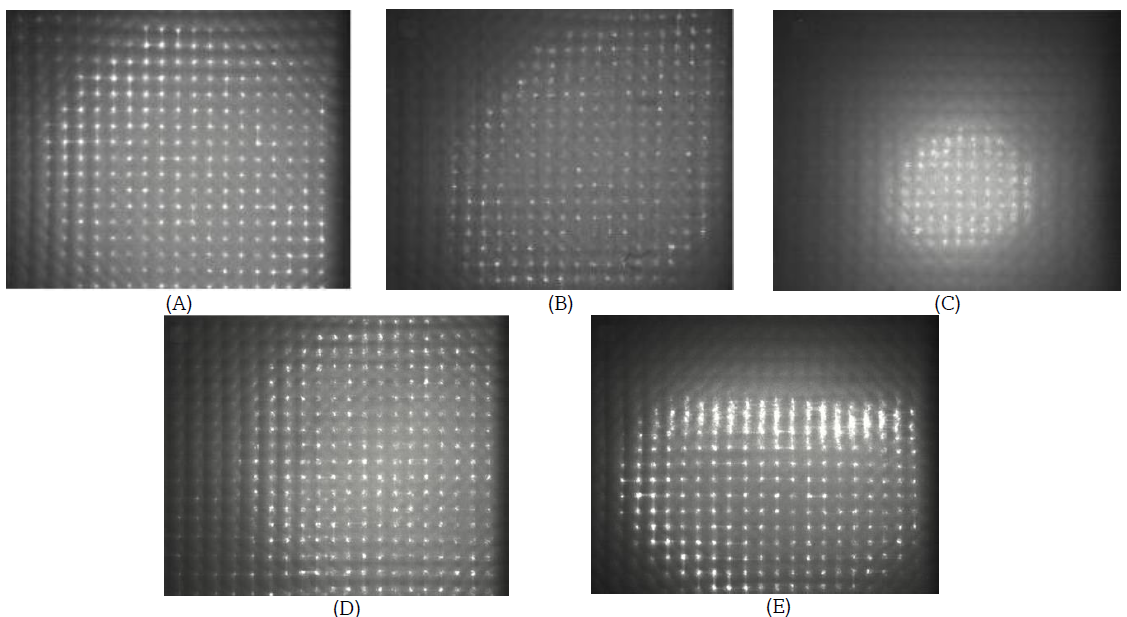| ABSTRACT |
ABSTRACT
This thesis has been focused on improving access to eyecare through the design and development of portable medical devices that use low cost components, and the implementation of advanced algorithms that allows the detection and diagnosis of different eye diseases.
Uncorrected refractive errors (UREs) are a global issue impacting over 900 million individuals. This issue is particularly pronounced in low resource settings, where access to vision care is limited due to a shortage of eyecare professionals (ECP) capable of providing accurate eyeglass prescriptions. Although autorefraction-based prescriptions are a practical approach to addressing the global problem of UREs, there is always a measurable difference between the autorefractor measurement the clinical gold standard, the subjective refraction (SR). To try to reduce the variability between objective and SR measurements we have assessed the performance of machine learning (ML) ensemble models for predicting patient SR using demographic factors, wavefront aberrometry data, and measurement quality related metrics taken with the QuickSee aberrometer. The ML model significantly outperformed the autorefractor, reducing in a ±0.63 D, ±0.14 D, and ±0.08 D the 95% limits of agreement of the error distribution for M, J0, and J45, respectively. These results suggest that machine learning effectively enhances accuracy when predicting a subjective refraction of a patient from objective measurements acquired with a low-cost portable device.
A novel AI-based approach for the detection of manifest keratoconus from wavefront aberrometry images has been evaluated. The model consists of two components: a first convolutional neural network (CNN) trained to classify individual wavefront maps as either keratoconic positive or keratoconic negative, and a second component that leverages the dynamic nature of the QuickSee device. This second component provides the final classification label for a measurement based on the most frequent prediction among the individual predictions contained in the video. The algorithm demonstrated remarkable performance, achieving a 100% accuracy rate across training, validation, and test subgroups. This represents an advance in keratoconus detection based solely on total wavefront aberrometry data.
We have designed a new portable wavefront autorefractor, the QuickSee Free, that has been evaluated using an alternative study protocol that considers the variability of the SR. The proposed protocol compares the differences between the device and the SR performed by two independent ECPs to the differences between the SR measurements performed by the two ECPs, thus providing a measure of the device’s accuracy against the inherent variability of the SR procedure. The average difference between the device and each of the two SRs were found to be smaller than those found between the two SRs for the M, and comparable for the astigmatic components. Overall, the device had a high level of agreement with both SRs but was found to be more comparable to SR2 than to SR1. These results indicate the potential of the device to be used as a reliable tool for clinical and screening purposes.
In conclusion, this research aims to address the global problem of UREs and presents innovative solutions. These solutions include the design of the QuickSee Free device and various ML algorithms, all of which work towards improving access to eyecare, increasing the accuracy of eyeglass prescriptions, and detecting keratoconus.
|




